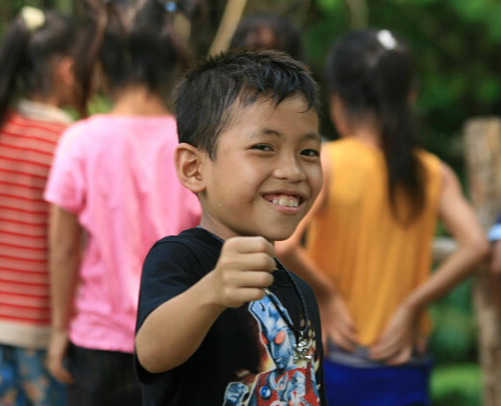Like any other countries in the world, Cambodia has its own value and judgement of certain things that you can do or not. However, it is such a hassle to remember the long lists of dos & don’t that you may find on internet. The best way to avoid causing offence is to understand the core value of the country you visit. In this case, it is Cambodia.
Cambodia is a beautiful country, rich in culture, customs and religion.
Regardless, all travelers worry about causing accidental offense at some point, especially in a place where they are not familiar with local customs.
Fortunately, the dos and don'ts for etiquette in Cambodia are mostly straightforward and just a matter of showing respect.
Visiting Cambodia is an experience that will change you. Having endured colonization, brutal wars, and everyday hardships, the Cambodian people still happily welcome visitors to their country.
As tourists in this special place, it is paramount that we represent ourselves well to ensure a warm welcome for others that follow.
The people in Cambodia understand that visitors may not be familiar with all of their customs and will demonstrate tolerance.
But by showing a respectful effort you will gain trust, friendship, and have a better overall experience in this exciting part of Southeast Asia.
We have gathered in a single place all the things you must know before packing that will help enhance your trip to the Kingdom of Wonder.
Things to know
Tips for Saving Face
As with most of Asia, the rules of saving face apply. To "lose one's cool" in public is completely unacceptable; avoid shouting at someone or criticizing them in front of others.
No matter how inconvenient or uncomfortable a situation is, never make it worse by losing your temper! People who remain calm and smile through adversity are highly respected. You'll get problems resolved much faster by remaining calm.
Some other ways you can play the "face" game:
- When negotiating prices (it's expected and not considered rude), allow the other party to "save face" by giving just a little on the final price. Alternatively, you can return to buy from them again later.
- Be sure to give genuine compliments and gratitude to people when merited.
- Humility is an important attribute in Cambodia. Politely deflect compliments sent your way or credit someone else (your family or your teacher are good choices).
- When offered a gift, politely refuse at first, but in the end always accept it very graciously with both hands.

Showing Respect in Cambodia
Buddhist countries in Southeast Asia consider the head the highest and most spiritual/sacred part of a person's body. It's the pinnacle of someone's "personal space" — don't touch it! That includes even to ruffle a kids hair.
At the other end, the feet are considered the dirtiest and least sacred. Don't point your feet at people; always remove your shoes before going into temples, homes, and some businesses. A pile of shoes at the door is a key indication that yours should also join the pile before going inside. Flip-flops or sandals that can be slipped off quickly and easily are the best choice for footwear while traveling in Southeast Asia.
Business and eating are typically conducted with the right hand only; the left hand is reserved for dirty duties in the toilet. Avoid handing people things with your left hand. Try to use only your right hand when eating.
Cambodia's Tough Past
Be mindful of Cambodia's war-torn history by not bringing up sensitive subjects such as war, politics, violence, or the Khmer Rouge. Nearly everyone of the right age has lost family and friends to violence.
Avoid wearing T-shirts and clothing that depict war or violence.
18 Do’s and Don’ts in Cambodia
You can find the long tiring list of what to do and what not to do in Cambodia. Within this article, we will just give you the basics of what is most important during your journey. Please remember to stay in the line and think of doing the right things, then you are good to go.
9 Do’s in Cambodia
Do dress properly
Modest dress is the rule in Cambodia, particularly for women. Although many tourists wear shorts to deal with the heat, the locals tend to cover as much skin as possible. In Cambodia, shorts are the default attire for male school children!
Although tourism has caused local dress to lax somewhat, always dress conservatively when visiting temples (that includes the Angkor sites), homes, or entering a government building. Avoid wearing T-shirts with religious themes (images of Buddha or Hindu deities).
Do greet correctly
There are no shaking hands or waving in Cambodia. The official way of greeting is a sampeah, and there are different ways of carrying this out to show respect. The sampeah is achieved by placing both palms together like a lotus flower in front of the chest.
For peers, the level is kept at chest height, for elders or higher-ranking people, the hands are placed at mouth level, and for parents, grandparents or teachers, it is at nose level. For kings and monks, it is at eyebrow level, and when praying, it reaches the forehead.
You can find more detail on the greeting etiquette below
Do learn the local language
We do not expect you to become fluent in Khmer but picking up a few bits really does go a long way. Notice the pleasant surprise on your tuk tuk driver’s face when you say hello.
Check the below video to learn some basic words and phrases for travelling in Cambodia
Do be mindful around monks
In Cambodian culture, monks are revered and respected. It is essential you treat them with the same level of respect. Touching a monk or novice is considered rude and is totally taboo if you are a woman.
Women should also be careful not to accidentally brush up against a monk’s robes on the street, in a temple or sharing a tuk-tuk. Women should not hand anything directly to a monk, but instead should pass the item to a male intermediary.
Do show respect for elders
Aside from monks, elders are given the highest level of respect in Cambodia. Always acknowledge an elder's status by allowing them to control the conversation, walk first, begin eating first, and take the lead. When seated, you should attempt to never sit higher than the eldest person in the room.
Do get up early
Due to Cambodia’s relentless heat and humidity, the day starts early in Cambodia with most locals rising at down and the day moving into full swing by 8am. With any sensible person avoiding the outdoors during the midday heat, the mornings are the best time to take trips to the market, stroll the streets and visit temples. This also means early bedtime, with many local restaurants closing their kitchens at about 9pm.
Do participate in festivals
As long as they do not disrespect the proceedings, tourists are very welcome to participate in any traditional celebrations going on at the time of their visit. Moreover, it is a good way to meet people and get to learn more about Cambodian culture. To make sure you do not miss any important celebrations, visit our article about “Events & festivals” in Cambodia.
Do take off your shoes inside
As in much of Southeast Asia, shoes belong outside and house shoes or bare feet are worn in the home.
When in doubt, follow what others do. Even if your host tells you that you may keep your shoes on, if his or hers are off, you should remove yours as well.
As it is the case all over Southeast Asia, always take your shoes off before entering temples.
Do go local
The Cambodians appreciate the effort of your trying to observe their way of living. They will be touched and are likely to welcome you even more warmly if you are eating Cambodian food or buying traditional handicrafts. Moreover, by doing so, you support the local economy.
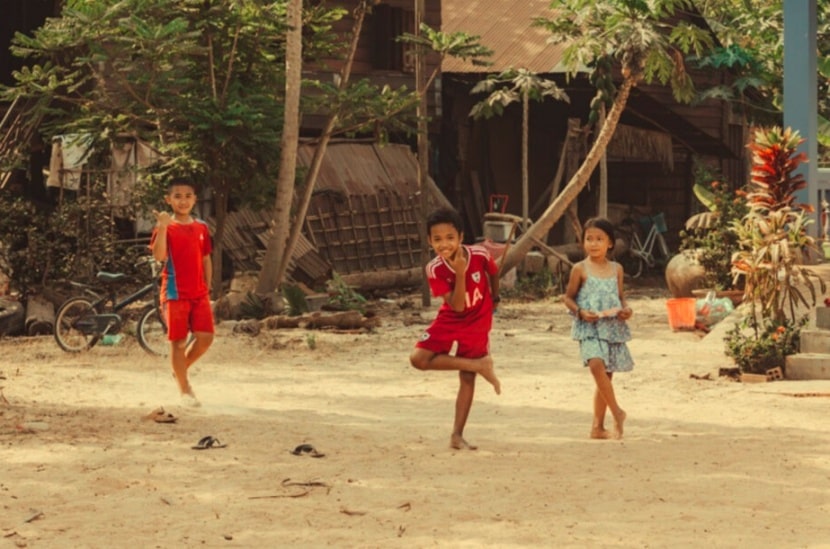
9 Don’ts in Cambodia
Do not lose your temper
As with most of Asia, the rules of saving face apply. To "lose one's cool" in public is completely unacceptable. Avoid shouting at someone or criticizing them in front of others.
No matter how inconvenient or uncomfortable a situation is, never make it worse by losing your temper ! People who remain calm and smile through adversity are highly respected. You will get problems resolved much faster by remaining calm.
Do not touch anyone with your feet
Buddhist countries in Southeast Asia consider the head the highest and most spiritual/sacred part of a person's body while the feet are considered the dirtiest and least sacred.
Therefore, do not point or gesture with your feet or put your feet on any furniture. In the same way, do not touch someone on the head, as it is considered very rude and offensive.
Do not give to kids
Despite the rising economy and swelling middle-class, poverty is rife across Cambodia and tourist hotspots come coupled with both begging and selling. Kids often sell books, bracelets and trinkets at bars and restaurants throughout the day and night.
No matter how cute they are or how convincing they seem, do not fall into the trap of buying or giving as this only serves to fuel the cycle. NGO Friends International has devised a series of tips for travelers. Visit www.childsafe.org.
Do not make public displays of affection
Cambodians are conservative in sexuality and generally frown upon public displays of affection. Again, the key is to not cause someone to feel embarrassed. Holding hands is OK but snuggling intimately on the bus may not be.
Be mindful in your contact with the opposite sex. Even placing an arm around a local to pose for a picture can be misinterpreted.
Do not take pictures without permission
Watch where you point that camera. Wats and landscapes are fair game for tourist photographers, but people are not. Always ask permission before taking a shot of locals and do respect their privacy. It is even more true for children.
Also avoid taking photos of monks when they are meditating, it is considered as rude. If you wish to take picture of monks, make sure you do not disturb them and always try to stay at a decent distance.
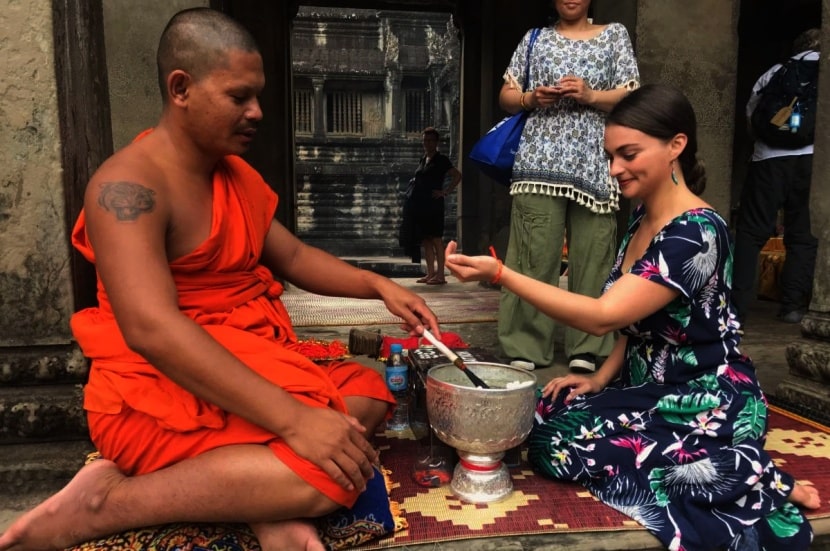
Do not argue with police
Should you be pulled over by the police for any minor offence, it is inadvisable to put up a fight or create a scene. This will not help anyone and will just increase your frustration.
Often the underpaid police force is simply looking to extort money from tourists. Just pay the bribe and be on your way. It is just the way it is there.
Do not do drugs
Alcohol is free flowing, and you may be encouraged to drink more than you would like. But you might also find that some illegal drugs are prevalent.
However, there are a lot of reasons to not take drugs in Cambodia: drug laws are growing increasingly draconian, product quality is often doubtful, and cases of overdose are more frequent than you think.
Do not bring up sensitive subjects
Be mindful of Cambodia's war-torn history by not bringing up sensitive subjects such as war, politics, violence, or the Khmer Rouge. Nearly everyone of the right age has lost family and friends to violence. Avoid wearing T-shirts and clothing that depict war or violence.
Do not demean Cambodia
Even if it seems obvious, travelers often do this without realizing. Saying something along the lines of "the bus will be late, this is Cambodia" or cracking jokes about outdated infrastructure does not make locals feel good.
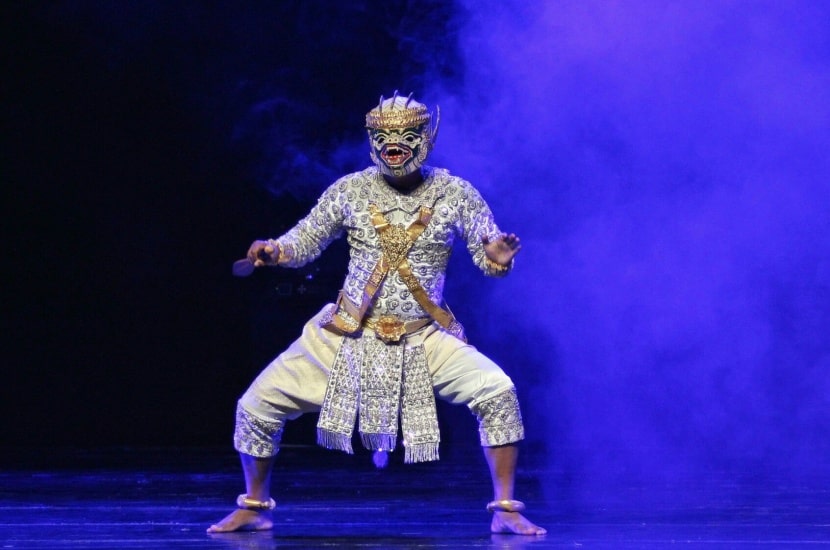
Other Cambodia Etiquettes
Here are more etiquettes that you may want to know when travelling in Cambodia
Greeting People in Cambodia
The traditional Cambodian greeting, known as som pas, is made by putting your two hands together in a prayer-like gesture in front of the chest with fingertips pointing up. Give a slight bow with your head. This is the equivalent of the wai seen in Thailand.
The hands are held higher to show more respect to elders, officials, and teachers; the fingertips should be touching the chin or nose. For monks, the fingertips should be touching your forehead. You can also give a higher som pas to show extreme gratitude or sincere apology.
Many Cambodians choose to shake hands with visitors, although you probably won't get a firm grip as is expected in the West. The best rule-of-thumb is simply to return whatever greeting that you were given initially. Not returning someone's greeting is considered very rude.
Proper Dress in Cambodia
Modest dress is the rule in Cambodia, particularly for women. Although many tourists wear shorts to deal with the heat, the locals tend to cover as much skin as possible. In Cambodia, shorts are the default attire for male schoolchildren!
Local men in Cambodia typically wear collared, short-sleeved shirts and long pants. Although wearing shorts and a T-shirt is fine for tourists, you should try not to cause locals to feel embarrassed by your attire. Avoid short shorts, miniskirts, tight stretch/yoga pants, or other clothing that is too revealing.
Although tourism has caused local dress to lax somewhat, always dress conservatively when visiting temples (that includes the Angkor sites), homes, or entering a government building. Avoid wearing T-shirts with religious themes (images of Buddha or Hindu deities).
Interacting with the Opposite Sex
Cambodians are conservative in sexuality and generally frown upon public displays of affection. Again, the key is to not cause someone to feel embarrassed. Holding hands is OK but snuggling intimately on the bus may not be.
Be mindful in your contact with the opposite sex; even placing an arm around a local to pose for a picture can be misinterpreted.
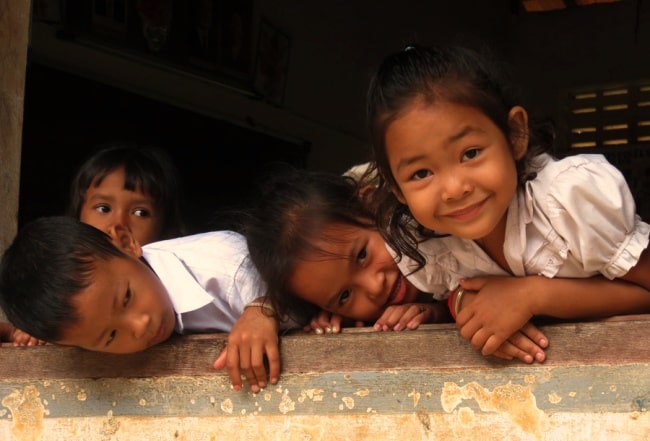
Showing Respect for Elders
Aside from monks, elders are given the highest level of respect in Cambodia. Always acknowledge an elder's status by allowing them to control the conversation, walk first, begin eating first, and take the lead.
When seated, you should attempt to never sit higher than the eldest person in the room.
Buddhist Monks in Cambodia
Practically anywhere that you go in Cambodia, you are sure to see Buddhist monks dressed in colored robes. The monks are highly respected within society — take an opportunity to have a friendly interaction!
- Women should never touch a monk or hand anything to them; even the monk's mother may not hug her son while he is a monk.
- If a monk is seated, you should sit also before starting a conversation. Try to sit lower.
- Most Theravada monks are not allowed to eat after noon - be mindful by not eating or snacking around them in the afternoon.
Temple Etiquette in Cambodia
Whether visiting sprawling temples or one of the smaller pagodas in Siem Reap, always show respect by following these guidelines:
- Remove shoes and hats before entering the worship area — no one is exempt.
- Turn off phones and MP3 players. Remove your headphones.
- Avoid loud or disrespectful conversation inside of temples.
- Dress modestly by wearing long pants and covering your shoulders.
- Avoid sitting higher than seated monks or statues of Buddha.
- Do not touch a Buddha statue, and ask for permission before taking photos. If you do take photos, drop a small donation in the box.
- Don't turn your back to statues of Buddha to take a selfie!
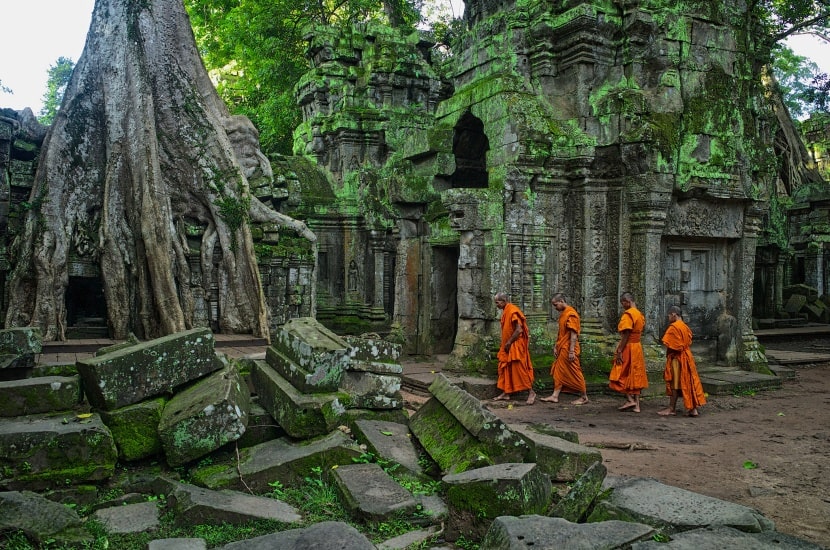
Visiting a Home in Cambodia
Getting invited to someone's home for dinner may be a highlight of your trip to Cambodia. Don't decline and miss a great opportunity just because you aren't sure about the dos and don'ts of Cambodian etiquette!
Follow these guidelines to make the experience even more special:
- Remove your shoes even if not told to do so by your host.
- Remove your hat while indoors.
- Bring a small gift such as fruit, flowers, or candy to your host; hand your gift to them with both hands. Don't expect them to open it right away or make a big deal.
- Let your hosts lead. Always wait for the eldest person to sit; the same applies to eating.
- Avoid conversation about business, politics, or war when at the table.
Gift Giving Etiquette
- Gifts are usually given at Cambodian New Year (Chaul Chnam).
- Unlike most other cultures, Cambodians do not celebrate birthdays. In fact, many older people may not know the exact date of their birth.
- A small gift can also be taken if invited to someone's home for food.
- If invited to a home, take nicely presented fruit, sweets, pastries or flowers.
- Avoid giving knives.
- Gifts are usually wrapped in colorful paper.
- Do not use white wrapping paper, as it is the color of mourning.
- When giving gifts use both hands.
- Gifts are not opened when received.
Dining Etiquette
- Table manners are fairly formal.
- If unconfident with the dos and don’ts, simply follow what others do.
- When invited to the dining table wait to be told where to sit as you would not want to upset any hierarchical arrangements.
- The oldest person is usually seated first.
- Similarly, the eldest person should start eating before others.
- Do not begin eating until the eldest person starts.
- Never discuss business in such social settings.
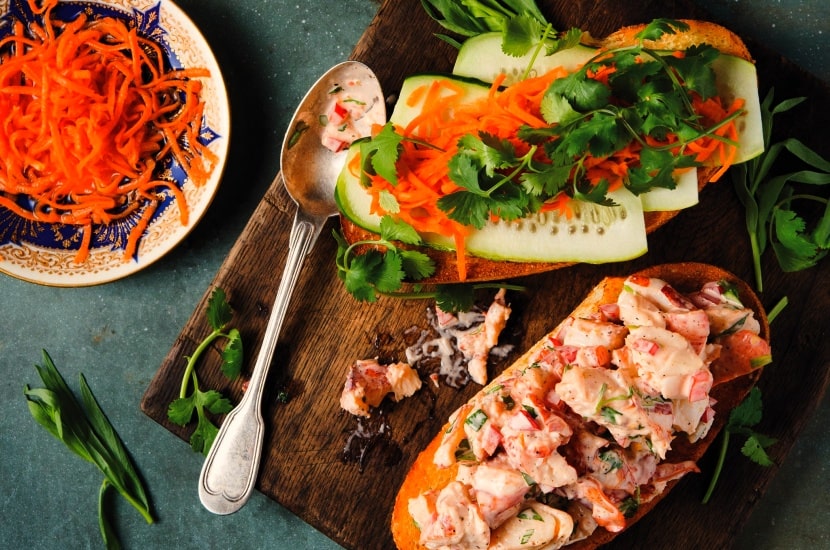
Business Etiquette and Protocol in Cambodia
Meeting and Greeting
- As Cambodia is a hierarchical culture the business world follows suit in terms of protocol and behaviors.
- Respect and deference must always be shown to the most senior person.
- When meeting a group, you will be introduced to the highest-ranking person, similarly you should have the most senior of your group greet them.
- If groups are involved, you should introduce people according to rank so that your Cambodian counterparts understand the dynamics of the group.
- Handshakes are normal although be careful not to be too firm as this may be construed as aggressive.
- If men are dealing with women, they should wait and see if they extend a hand before doing so. Eye contact should be kept to a minimum.
- Cambodians address people with the honorific title "Lok" for a man and "Lok Srey" for a woman with the first name alone or both the first and surname.
Business Cards
- Business cards should be exchanged after the initial introductions.
- Have one side of your card translated into Khmer if possible.
- Present your card so the Khmer side is readable to the recipient.
- Use the right hand or both hands when offering or receiving a business card.
- It is important to treat business cards with respect as the way you handle the card is indicative of the way you will treat the person.
Business Meetings
- Meetings do not stick to any schedule or agenda.
- Issues may be tackled separately and altogether if need be - once an issue has seemingly been resolved it may later be addressed again.
- Meetings will continue until the attendees feel everything has been satisfactorily covered.
- Building a relationship on mutual trust is crucial so initially time should be invested in getting to know your counterparts.
- Small talk should always be employed at the beginning of meetings.
- Cambodians are very indirect communicators so some reading between the lines is a necessary skill.
- They will always consider the implications of making statements or using particular words especially if it involves anything negative as this draws in the issue of face.
- In fact, if Cambodians disagree with someone, they would rather remain silent than make any comment.
- If they disagree with an idea, they generally remain silent.
- If unsure about statements be sure to double check.
- Cambodians prefer ideas to be brought forward in a gentle way and to wait for others to respond.
- Pushy, pressured or boastful communication styles are a real turn-off.
- Punctuality is important. Arriving late shows a lack of respect for the person with whom you are meeting.
- Non-verbal behavior is just as important to be aware of.
- For example, smiling in Cambodia is situational and can have many meanings; it may mean a person does not understand what has been said, they are nervous or even irritated.
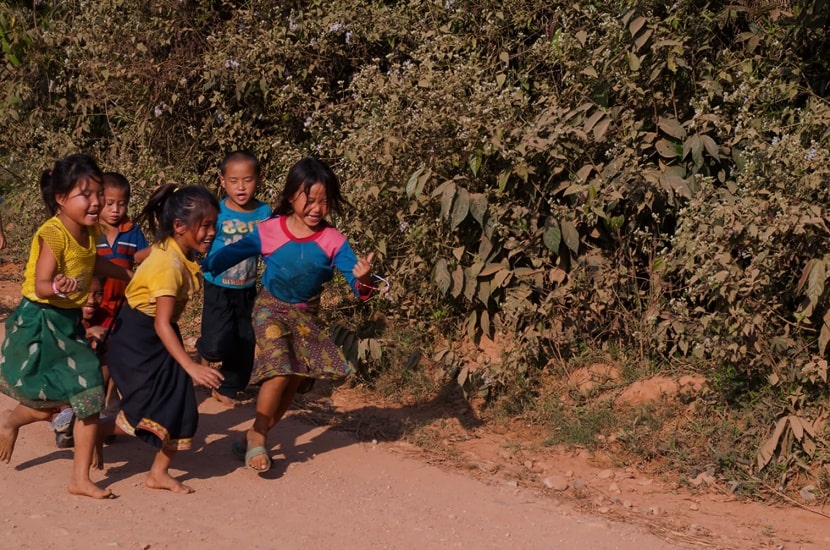
- Showing emotions is considered a negative behavior. Anger, impatience or frustration should be hidden as it would lead to a loss of face.
- overtly is not part of the culture and is considered a sign of weakness as well as poor manners.
- Modesty and humility are emphasized in the culture, so compliments and praise are generally responded to by a deprecating comment.
- It is a good idea not to speak with bravado, which may be interpreted as boasting.
- Avoid prolonged eye contact.
- Be sure to speak clearly, slowly and to avoid use of slang, adages and colloquial sayings.
Frequently asked questions
Q. Is Cambodia safe to visit?
Generally, the kingdom of Cambodia is safe to visit and travel around. The only exception to this rule is remote areas at night. Violent crime in the country is rare. Petty crimes like a bag, purse snatching, pick pocketing and other types of petty crimes prevail. In order to make your trip safe, please follow our safety guide for Cambodia
Check out the safety and precaution for Cambodia
Q. When is the best time to visit Cambodia?
Cambodia is a year-round destination, so the best time to visit the country depending on what you’re looking for.
Most travelers visit Cambodia from November to March. If you prefer to dodge the crowds and go when prices are lower, the best time to visit Cambodia is from May to early October.
Here is the detailed Cambodia’s weather guide & best time to visit
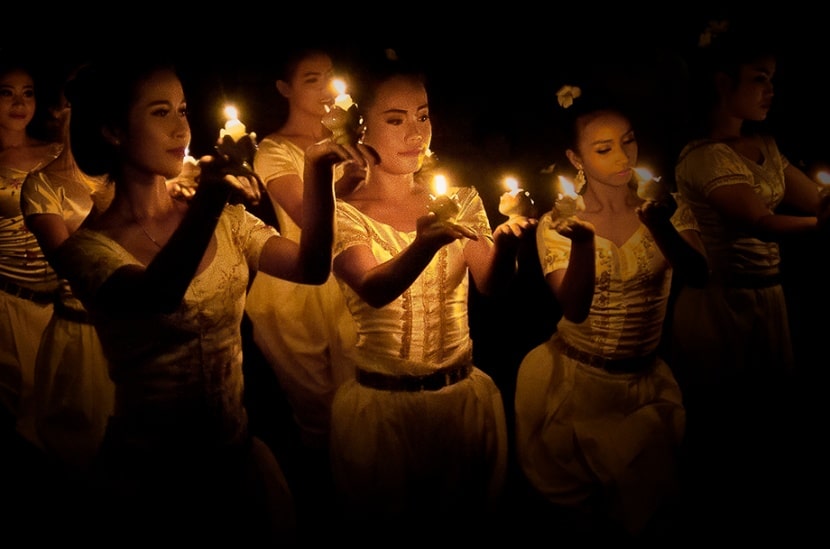
Q. Do you need a visa to visit Cambodia?
Yes, you do. But there is nothing to worry. Cambodia has one of the easiest and most comprehensive visa policies compared with other countries in the area, thanks to the development of tourism. You will likely be able to apply for online visa or visa on arrival to Cambodia. More detail, please check out dedicated article our Cambodia Visa Policy
Q. How to find the cheapest flight to Cambodia (or anywhere)?
It will require a little effort to do some research on Google and compare the price via some platforms. Read our full guide to find the cheapest flight to Cambodia here.


